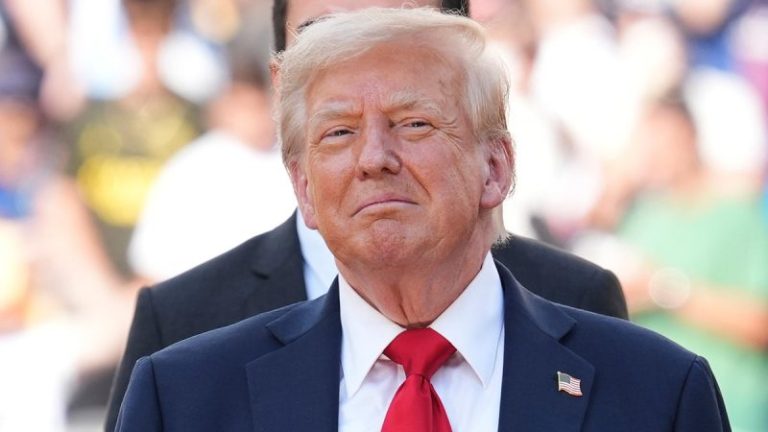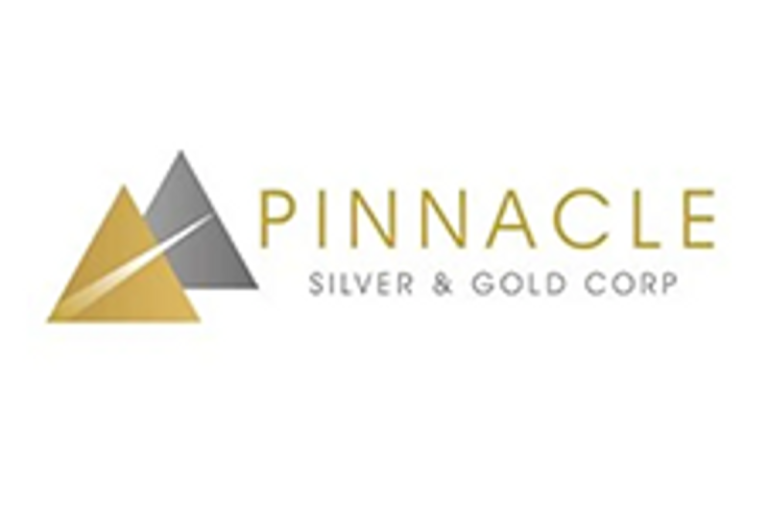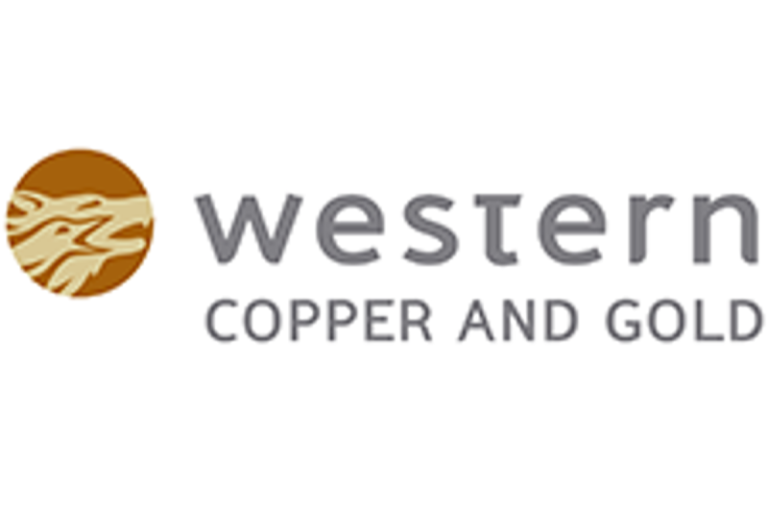A group of House conservatives is warning the Senate to leave President Donald Trump’s rescissions package intact as the deadline to consider the spending cuts looms large.
Republicans have until the end of Friday to deal with the bill, the legislative version of the White House’s request to claw back roughly $9.4 billion in funds already allocated by Congress.
Senate Republicans have signaled the bill could change somewhat, however, after passing the House last month.
‘In order to facilitate President Trump’s voter mandate, the Senate must pass the entire $9.4 billion of spending cuts in the rescission bill. Weakening any of these provisions would undermine both his leadership and the discipline our budget urgently demands,’ the letter said.
‘This week, the Senate has a chance to prove its commitment to the voters by passing the long-overdue cuts targeting wasteful, ideologically driven spending programs that have no place in a responsible budget.’
The letter is being led by Rep. Andy Biggs, R-Ariz., a former chairman of the House Freedom Caucus, and signed by 14 other Republican lawmakers.
The bill that passed the House in mid-June would rescind $1 billion in funding from the Corporation for Public Broadcasting, which doles out federal funding to NPR and PBS. The remaining $8.4 billion targets the U.S. Agency for International Development (USAID).
The cuts are part of some $190 billion that the Department of Government Efficiency (DOGE), formerly led by Elon Musk, identified as part of its mission to slash government waste.
Trump allies are viewing it as a test run of sorts for what kind of spending cuts Congress’ perilously slim GOP majorities can stomach.
It barely passed the House in a 214 to 212 vote, with four House Republicans voting against it over various concerns, including the impact to local public news stations and funding for HIV/AIDS research in Africa, known as PEPFAR.
Senate Appropriations Committee Chair Susan Collins, R-Maine, told reporters last week the bill ‘needs some significant changes.’
‘For example, I want to strike the rescission of funds for PEPFAR, which has an enormous record of success, having seen some 26 million lives over the course of the program,’ Collins said. ‘I can’t imagine why we would want to terminate that program or the maternal and child health program, which is aimed at providing malnourished pregnant women with important vitamins that they need to deliver healthy babies.’
Sen. Mike Rounds, R-S.D., meanwhile, said he was ‘looking at radio stations in some of the rural areas that do a lot of emergency services’ when discussing what changes he’d want in the bill.
Biggs’ letter warned, ‘This rescission package just scratches the surface. The Left will howl, but this package only trims around the edges of a bloated federal spending apparatus. If Congress can’t even support modest clawbacks, fiscal doom isn’t speculative, it’s inevitable.’
‘President Trump has made it clear: Wasteful, unnecessary, or ideologically driven programs and spending must go. The House acted on this mandate. Now, the Senate must do the same. The House—and more importantly, the American people—will be watching,’ the lawmakers wrote.
‘This is a defining moment. Will the Senate stand firm, reject pressure to preserve the status quo, and reaffirm its commitment to leadership and fiscal responsibility? The answer will shape both the future of President Trump’s presidency and the direction of our nation. Respect the President’s plan. Preserve the cuts passed by the House.’
The rescissions process allows the president to request Congress block some of the discretionary funds it appropriates every fiscal year.
A rescissions package must pass the House and Senate within 45 days of introduction to allow those funds to remain blocked, otherwise they must be released.
However, the process also gives the party in power a fast track by lowering the Senate’s threshold for passage from 60 votes to 51.
House and Senate Republicans are both still dealing with razor-thin majorities of three votes each with full attendance, however, meaning any such vote is almost guaranteed to be close.
When reached for a response, Senate Majority Leader John Thune’s office pointed Fox News Digital to comments the South Dakota Republican made to reporters on Monday.
‘We’re hearing people out, and we are obviously weighing what an amendment process on the floor might look like – what, if any, changes could be made in advance of the floor, but we’re hoping to have a vote to proceed to it tomorrow, and the motion to discharge vote tomorrow, so we’ll have to finalize some of the conversations we’re having with our colleagues about an amendment process prior to that,’ Thune said.










